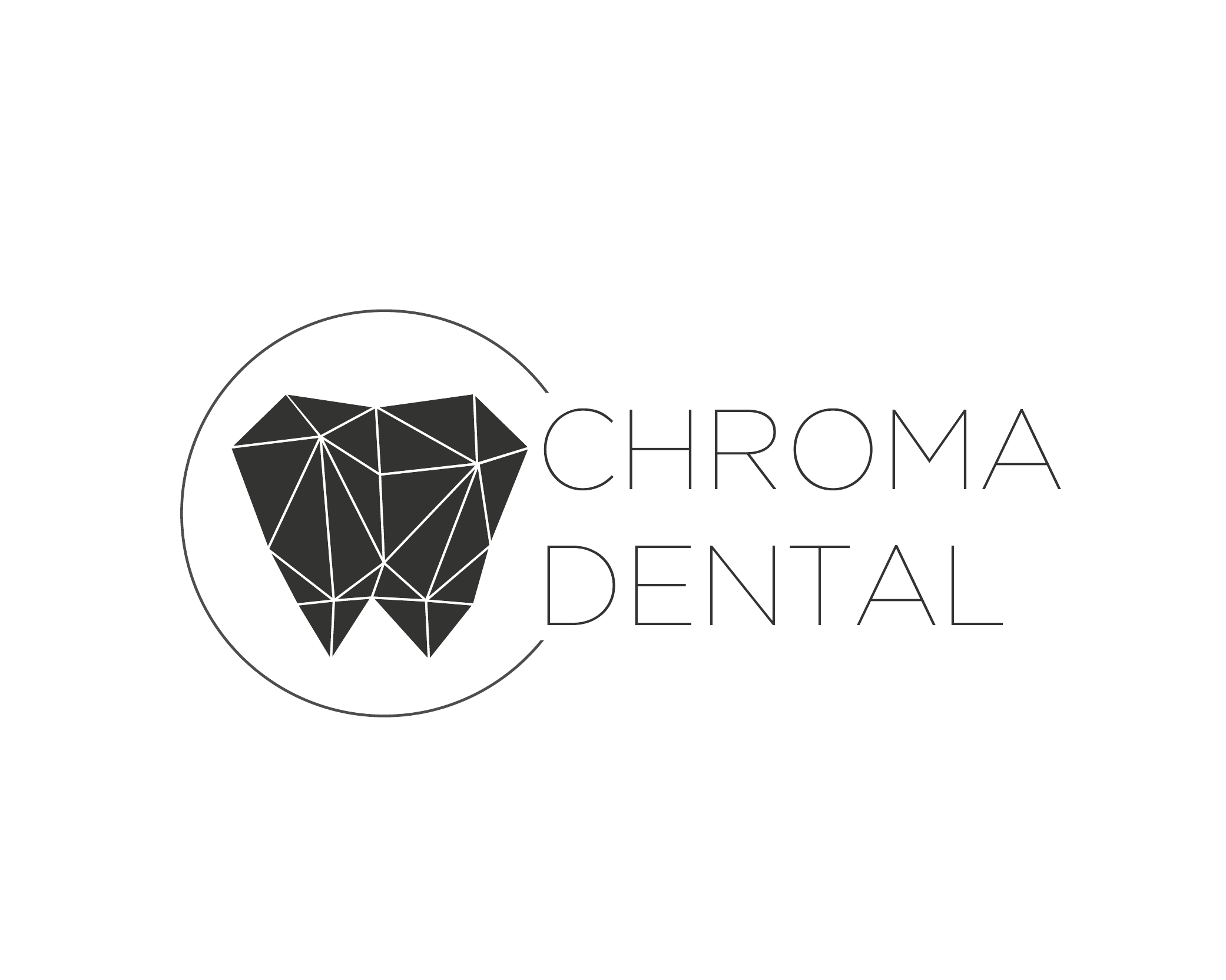Digital radiography is the dental imaging approach that replaces film with electronic sensors and computer processing to capture, display, and store X-ray images. Instead of developing film in a darkroom, sensors convert X-ray energy into digital data that appears on a monitor almost instantly. This shift from analog to digital fundamentally changes how clinicians see and work with diagnostic images, making radiography faster and more flexible without sacrificing diagnostic clarity.
At its core, the system combines a high-sensitivity sensor, specialized software, and secure storage to produce precise images that can be enhanced, measured, and archived. The software tools let clinicians adjust brightness and contrast, zoom in on areas of interest, and apply measurement tools that help with treatment planning. These capabilities enable more accurate assessments of tooth structure, bone levels, and restorative margins than many older techniques.
Because images are captured as data files rather than chemical exposures on film, they integrate seamlessly into electronic health records and digital workflows. That means images can be tagged, indexed, and retrieved quickly during follow-up visits, consultations, or multidisciplinary case reviews. The net result is an imaging foundation that supports better clinical decisions and a smoother patient experience.
One of the most important advantages of digital radiography is the substantial reduction in radiation exposure compared with traditional film X-rays. Digital sensors are more sensitive to X-rays, so they require lower doses to produce the same or better image quality. For patients, that translates into safer imaging—especially for those who need periodic monitoring or have concerns about cumulative exposure.
Along with safety, digital radiography improves comfort and convenience. Sensors are compact and often easier to position than film, and images appear on the screen within seconds. This immediacy reduces the time a patient spends with sensors in their mouth and allows the clinician to review results with the patient during the same appointment, facilitating timely explanations and shared decision-making.
Because the images appear instantly, clinicians can confirm image quality right away and retake any image immediately if necessary. That reduces the likelihood of repeat visits or prolonged chair time. For patients with dental anxiety or mobility limitations, the faster, more efficient imaging process contributes to a calmer, more comfortable visit.
Digital radiography provides clinicians with higher diagnostic value through image enhancement and precise measurement capabilities. Software tools let dentists adjust contrast and sharpness to reveal subtle changes in tooth structure, bone density, and restorative interfaces. These enhancements help clinicians detect early decay, vertical fractures, and bone loss that might be harder to see on conventional film.
Beyond detection, digital images support more accurate treatment planning. Measurements taken directly from the image help when sizing restorations, planning implant placement, or assessing the relationship between anatomical structures. Digital files can also be used in conjunction with other digital technologies such as CBCT and digital impressions to create integrated treatment plans that consider both function and aesthetics.
Because images are easily archived, clinicians can compare sequential radiographs over time to monitor disease progression or healing after treatment. This longitudinal view is invaluable for managing periodontal health, evaluating endodontic outcomes, and confirming the stability of restorative work. In short, digital radiography enhances both immediate diagnostic confidence and long-term clinical oversight.
One practical advantage of digital radiography is how easily images can be shared with other healthcare providers and specialists. Digital files can be exported in standard formats and transferred securely for consultations, pre-surgical planning, or collaborative care. This interoperability reduces delays and eliminates the need to physically transport fragile film, which can degrade over time.
Security and privacy are central to modern digital imaging workflows. Images stored electronically are protected by secure servers and access controls that comply with healthcare privacy standards. Proper backup strategies and encrypted transfers help ensure that a patient’s imaging history remains available to their care team while remaining protected from unauthorized access.
Accessibility goes both ways: patients can request copies of their digital records, and clinicians can retrieve prior images in seconds during a visit. For multidisciplinary cases—orthodontics, periodontics, or oral surgery—this level of access supports coordinated treatment and clearer communication about goals and expectations.
In a busy Midtown East practice, integrating digital radiography means we can deliver care that is both modern and patient-focused. At Chroma Dental, the technology supports quicker appointments, clearer explanations, and more precise treatments. When clinicians can see more detail and share images immediately, treatment conversations become more informed and collaborative.
Digital imaging also supports the practice’s emphasis on minimally invasive care. By detecting problems earlier and with greater accuracy, clinicians can often select less extensive interventions that preserve healthy tooth structure and support long-term oral health. This preventative mindset is a natural fit with a comprehensive approach to dental care.
Finally, the environmental benefits of digital imaging—no chemical developers, no film waste—align with broader commitments to sustainability in healthcare. For patients who care about eco-conscious care, digital radiography is a practical improvement that reduces the environmental footprint of routine dental diagnostics.
In summary, digital radiography is a safer, faster, and more versatile way to capture dental images. It enhances diagnostic accuracy, streamlines clinical workflows, and improves patient comfort while supporting secure, accessible records. If you’d like to learn more about how we use digital imaging in our Midtown East, New York City practice or how it might affect your next visit, please contact us for more information.
